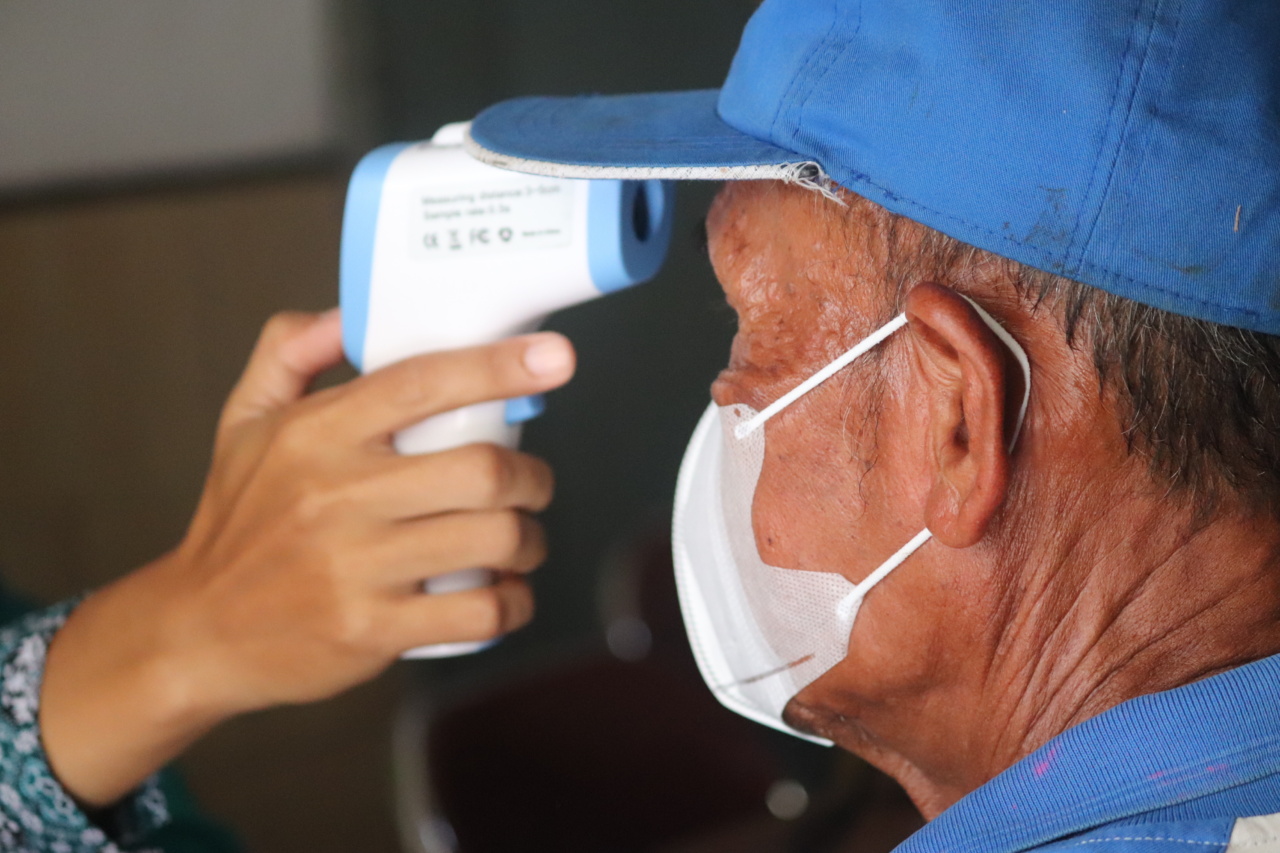Elderly falls are a major concern for families and caregivers alike. According to the Centers for Disease Control and Prevention, one in four Americans aged 65 and older falls each year.
These falls not only lead to injuries but can also cause loss of independence and even death. However, with proper precautions and preventive measures, we can reduce the risk of elderly falls by up to 25%. Here are five preventive measures that can make a significant difference:.
1. Improve Lighting and Visibility
Proper lighting is essential for maintaining visibility and balance, especially for the elderly. Many falls occur due to poor lighting, making it difficult for seniors to see obstacles or tripping hazards.
Adequate lighting improves visibility and reduces the risk of falls. Simple measures like adding additional lights or brighter bulbs can make a significant difference. Nightlights or motion-sensor lights can also be useful in areas that are high risk for falls.
2. Modify Environmental Risks
Environmental risks in the home can contribute to falls. Removing clutter and keeping floors clean and tidy can reduce the risk of falls. Also, make sure electrical cords are organized so that they are not a tripping hazard.
Installing grab bars in the bathroom, especially near the toilet or shower, can provide support for seniors and reduce the risk of falling.
3. Review Medications
Some medications can cause dizziness, fatigue, or other side effects that increase the risk of falls and other injuries. Taking too much medication or combining different drugs can also be dangerous.
Reviewing medications with a healthcare provider can reduce the risk of side effects and provide better management of medications. The healthcare provider may adjust the dose, timing, or type of medication to reduce the risk of falls.
4. Encourage Exercise and Physical Activity
Regular exercise and physical activity can improve overall health, balance, and mobility. Encouraging seniors to participate in exercise programs, such as yoga, stretching, or light strength training, can help improve muscle strength and balance.
Regular exercise can also improve flexibility and coordination, which can reduce the risk of falls.
5. Wear Proper Footwear
Footwear plays an essential role in maintaining stability and balance. Shoes with nonskid soles can help prevent slips and falls. Properly fitting shoes can also reduce the risk of blisters or discomfort that can lead to trips and falls.
Avoiding shoes like high heels or slippers can also help prevent falls.
Reducing the risk of elderly falls requires a combination of measures that can help improve visibility, modify environmental risks, review medications, encourage physical activity, and wear proper footwear.
While preventing all falls is not always possible, taking preventive measures can reduce the risk of falls by up to 25%. By taking these simple steps, seniors can maintain their independence and reduce the risk of injury.































